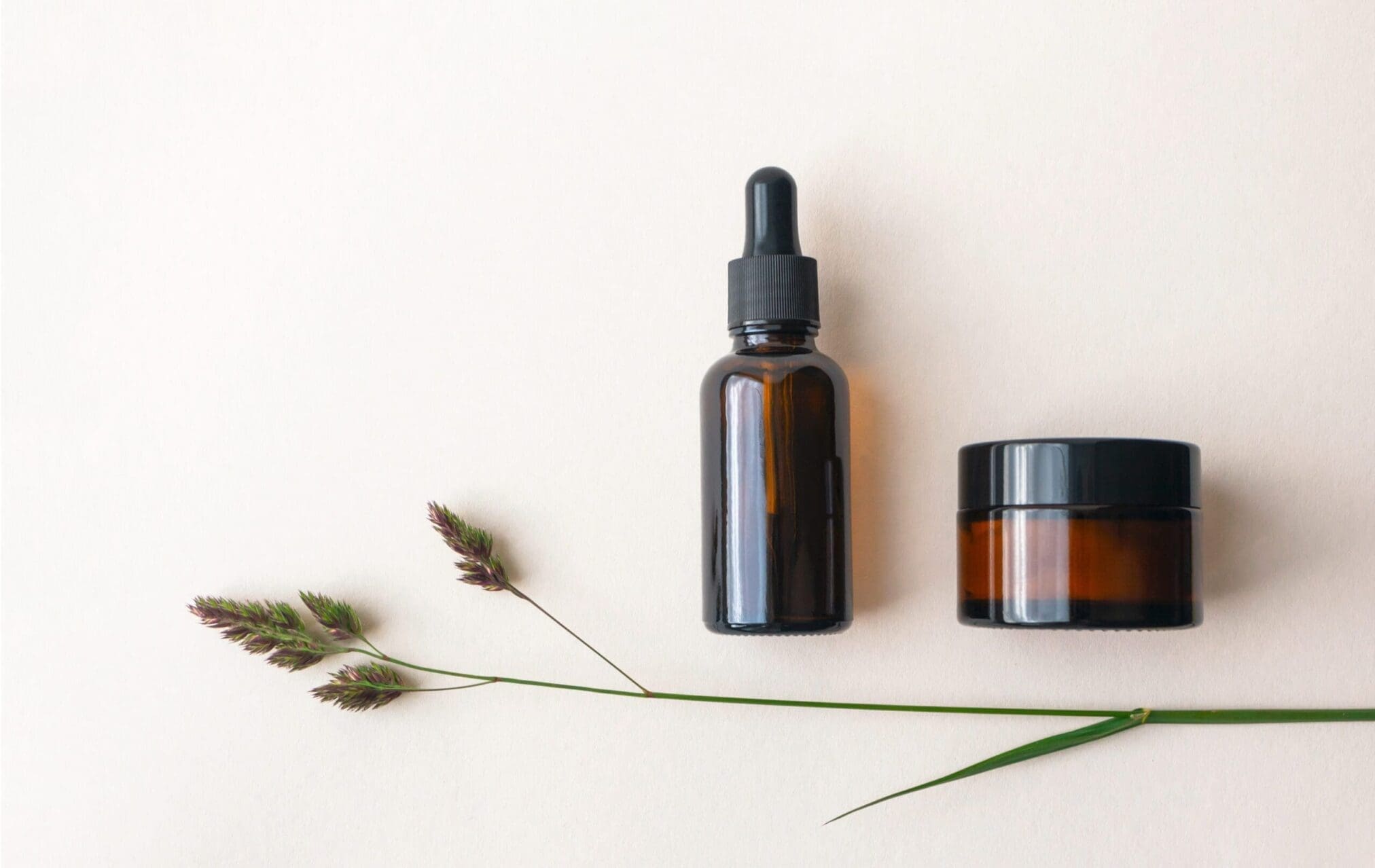Since the risk evaluation evolves together with the scientific innovation, Member States investigate certain substances to clarify whether their use poses a risk to human health or the environment. In most cases, the substances are of concern for their potential of being persistent and bio accumulative, to cause endocrine disruption, or to present carcinogenic, mutagenic and/or reprotoxic properties.
The selected substances are listed by ECHA[1] in the community rolling action plan (CoRAP) following the opinion of the Member State Committee.
The CoRAP update for 2018-2020 includes substances that are used in cosmetic products, for instance:
- Titanium Dioxide, widely used as UV filter in many sunscreen products, which is already known to be carcinogenic (Category 2), but it is also suspected as mutagenic substance. France is evaluating whether new hazards need to be considered;
- Methyl vinyl ether, used in the manufacturing processes of polymers, is suspected of being reprotoxic. Latvia is evaluating the risk of consumer use, exposure of workers, and exposure of sensitive populations;
- m-Phenylenediamine, used in the formulation of hair dyes and colours, is a suspected reprotoxic and sensitizer. Latvia is evaluating the risk linked to occupational exposure during the manufacturing process.
Once the evaluation is completed, the risk related to the substance investigated could be considered under control or may lead to the proposal of EU-wide risk management measures such as restrictions and identification of substances of very high concern (SVHC).
Contact us if you wish to stay updated with the risk evaluation of substances used in cosmetic products. With 30 years of regulatory experience, Obelis experts will help you ensure that your products are ready to access the EU market.
[1] ECHA= European Chemicals Agency

